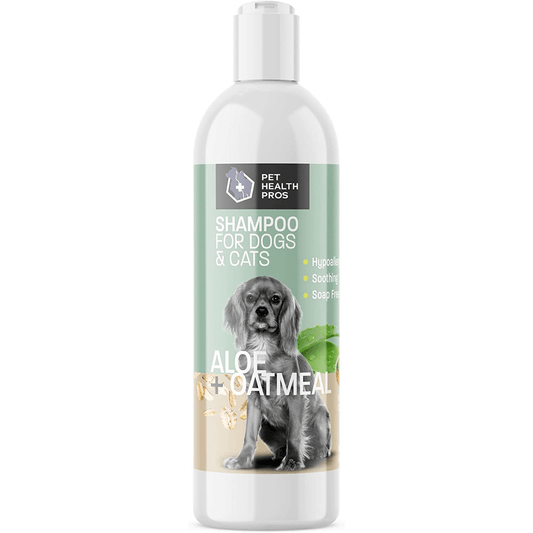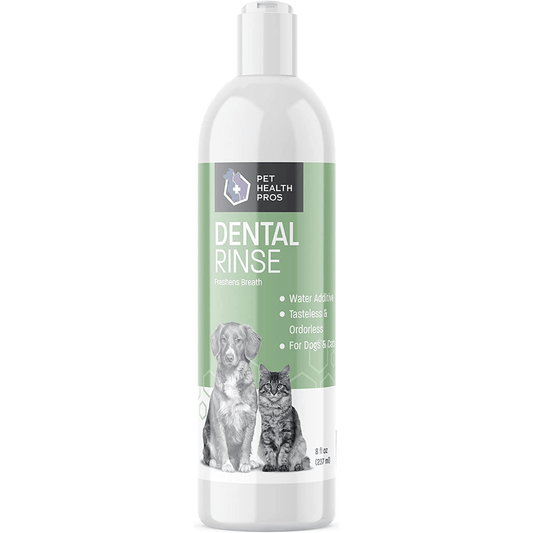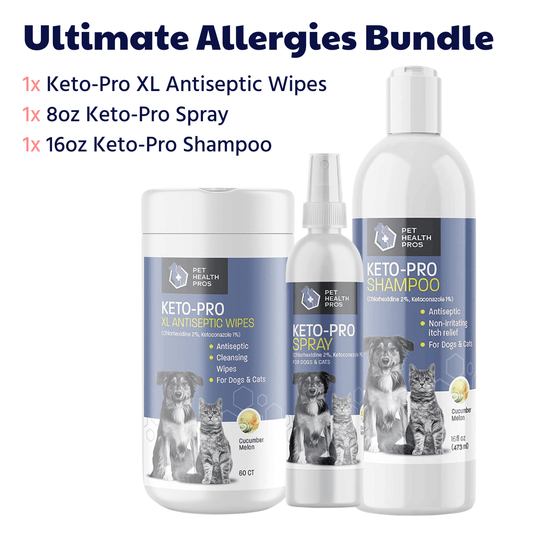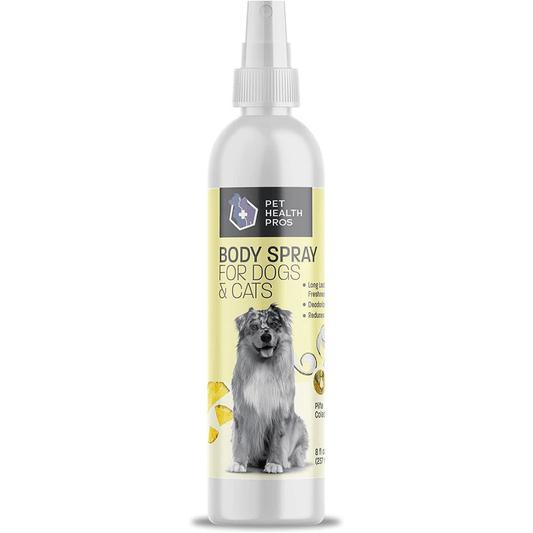Choosing the right dog chewing repellent can be a game-changer for pet owners. Dogs chew for various reasons, but it can lead to damaged furniture and potential health risks. This guide will help you understand different types of repellents, their ingredients, and how to use them effectively.
Key Takeaways
- Dogs chew for many reasons, including boredom and teething.
- Chewing can cause damage to your home and pose health risks to your pet.
- There are natural, chemical-based, and homemade chewing repellents available.
- Always check labels for safe and effective ingredients.
- Proper application and safety precautions are crucial for the repellent to work.
Understanding the Need for Dog Chewing Repellent
Why Dogs Chew
Dogs chew for various reasons, including teething, boredom, anxiety, and curiosity. Chewing helps them explore their environment and can also be a way to relieve stress. However, when dogs chew on inappropriate items like furniture, shoes, and cords, it can become a problem.
Potential Risks of Chewing
Chewing on the wrong things can pose several risks to dogs. They might swallow harmful objects, leading to choking or digestive issues. Additionally, chewing on electrical cords can result in severe injuries or even be fatal. Protecting your dog from these dangers is crucial.
Benefits of Using Chewing Repellent
Using a chewing repellent can help deter dogs from gnawing on inappropriate items. This not only protects your belongings but also keeps your dog safe. A well-chosen repellent can effectively discourage chewing, ensuring both safety and satisfaction for pet owners.
Types of Dog Chewing Repellents
Natural Repellents
Natural repellents are made from ingredients found in nature. These can include citrus, vinegar, or essential oils like eucalyptus. They are often preferred by pet owners who want a safer option for their dogs. However, their effectiveness can vary, and some dogs might not be deterred by these scents.
Chemical-Based Repellents
Chemical-based repellents are formulated with synthetic ingredients designed to discourage chewing. These products are usually more potent and can be more effective than natural options. It's important to read the labels to ensure the product is safe for your dog and to follow the application instructions carefully.
Homemade Solutions
Homemade solutions can be a cost-effective way to create a chewing deterrent. Common ingredients include a mix of water and vinegar or lemon juice. While these solutions can be effective, they may need to be reapplied frequently and might not work for all dogs.
When choosing a dog chewing repellent, consider your dog's preferences and any potential allergies. Always test a small area first to ensure there are no adverse reactions.
Key Ingredients to Look for in Dog Chewing Repellents
Safe and Effective Ingredients
When choosing a dog chewing repellent, it's important to look for ingredients that are both safe and effective. Bitter principles and extractives are commonly used because dogs find them unpleasant. These ingredients are often found in products like Grannick's Bitter Apple Original Taste Deterrent Dog Spray.
Ingredients to Avoid
Not all ingredients are safe for dogs. Avoid repellents that contain alcohol or other harsh chemicals, as they can be harmful if ingested. Always read the label to ensure the product is safe for your pet.
Understanding Labels and Certifications
Understanding the labels and certifications on dog chewing repellents can help you make an informed choice. Look for products that are labeled as non-toxic and have been tested for safety. Certifications from reputable organizations can also provide assurance that the product is safe for your dog.
Always consult your veterinarian before using any new product on your pet to ensure it is safe and appropriate for their specific needs.
How to Apply Dog Chewing Repellent Effectively
Application Methods
Applying dog chewing repellent correctly is crucial for its effectiveness. Start by reading the product's instructions to ensure proper use. Generally, you will need to spray or apply the repellent directly onto the items your dog tends to chew. Make sure to cover the entire surface for maximum effectiveness. For sprays, hold the bottle about 6-12 inches away from the object and spray evenly.
Frequency of Application
The frequency of application can vary depending on the product. Some repellents may need to be reapplied every few days, while others might last longer. Check the label for specific instructions. It's important to reapply the repellent regularly, especially after cleaning the treated area or if you notice your dog starting to chew again.
Safety Precautions
When using dog chewing repellents, safety should be a top priority. Always use the product in a well-ventilated area to avoid inhaling any fumes. Keep the repellent out of reach of children and pets when not in use. If the repellent comes into contact with your skin or eyes, rinse thoroughly with water. Consult your veterinarian if you have any concerns about the product's safety for your dog.
Applying dog chewing repellent effectively can make a significant difference in preventing destructive chewing behavior. Consistency and proper application are key to success.
Evaluating the Effectiveness of Dog Chewing Repellents
Signs of Success
To determine if a dog chewing repellent is working, observe your dog's behavior. Reduced chewing on furniture or other items is a clear sign of success. Additionally, your dog may start to avoid areas where the repellent has been applied. Keep an eye out for these changes over a few weeks.
Common Challenges and Solutions
Sometimes, repellents may not work as expected. Here are some common challenges and solutions:
- Inconsistent Application: Ensure you apply the repellent consistently and according to the instructions.
- Dog's Tolerance: Some dogs may get used to the repellent. In such cases, try switching to a different type or brand.
- Environmental Factors: Rain or cleaning can wash away the repellent. Reapply as needed.
When to Seek Professional Help
If you notice that your dog continues to chew destructively despite using repellents, it might be time to seek professional help. A veterinarian or a dog behaviorist can provide additional strategies and may identify underlying issues such as anxiety or nutritional deficiencies.
Consistent monitoring and adjustments are key to ensuring the effectiveness of dog chewing repellents. If one solution doesn't work, don't hesitate to try another or seek expert advice.
Additional Tips for Preventing Destructive Chewing
Providing Appropriate Chew Toys
One of the best ways to prevent destructive chewing is by giving your dog suitable chew toys. Chew toys can keep your dog entertained and help them focus their chewing on acceptable items. Make sure to choose toys that are safe and durable.
Training Techniques
Training your dog is essential in curbing destructive chewing. Use positive reinforcement to reward your dog when they chew on the right things. Consistency is key, so make sure everyone in the household follows the same training methods.
Creating a Chew-Free Environment
To minimize the chances of your dog chewing on inappropriate items, create a chew-free environment. This can be done by keeping valuable items out of reach and using barriers to restrict access to certain areas. Additionally, using no chew sprays with unpleasant tastes can deter this behavior and promote healthier chewing habits.
Remember, understanding the top reasons why your dog might be chewing – and how no chew spray can help – can make a big difference in preventing destructive chewing.
To keep your dog from chewing on things they shouldn't, try giving them plenty of toys and exercise. If you need more advice, check out our website for helpful tips and products that can make a difference.
Conclusion
Choosing the best dog chewing repellent can make a big difference in keeping your home safe and your pet healthy. Remember to consider your dog's age, health needs, and preferences when selecting a product. Always read the labels and reviews to ensure the repellent is safe and effective. With the right choice, you can protect your belongings and help your dog develop good chewing habits. Happy pet parenting!
Frequently Asked Questions
Why do dogs chew on things?
Dogs chew for several reasons, like teething, boredom, anxiety, or just exploring their environment. It’s a natural behavior for them.
What are the risks of my dog chewing on household items?
Chewing on household items can lead to choking, dental damage, or ingesting harmful substances. It can also ruin your belongings.
How do dog chewing repellents work?
Dog chewing repellents usually have a taste or smell that dogs find unpleasant, which discourages them from chewing on treated items.
Are natural chewing repellents safe for dogs?
Yes, natural chewing repellents are generally safe for dogs. They often use ingredients like citrus or vinegar, which are not harmful to pets.
How often should I apply dog chewing repellent?
You should apply the repellent as directed on the product label. Some may need reapplication every few days, especially after cleaning or exposure to water.
What if the chewing repellent doesn’t work?
If the repellent doesn’t work, you might need to try a different type or consult with a vet for additional advice and solutions.









